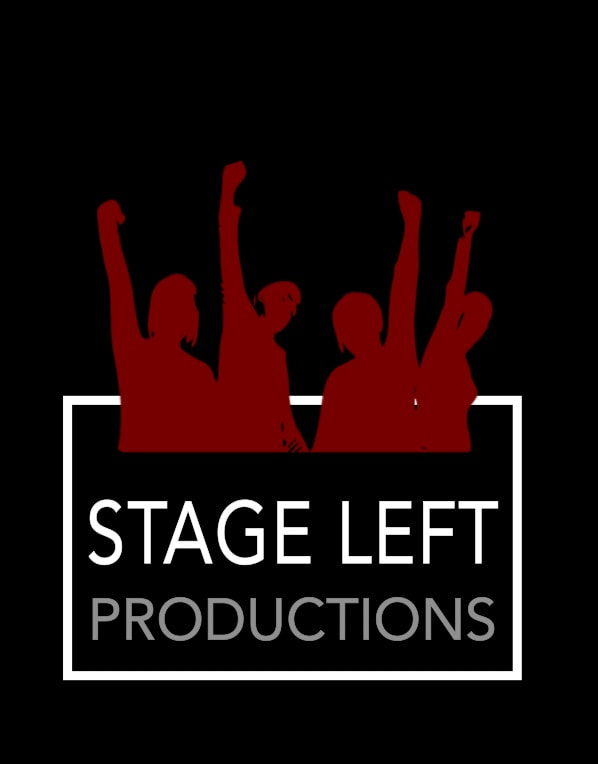GIVING YOU ACCESS TO US, AND OUR UNIQUE BODIES OF KNOWLEDGE.
VISIT THE STEP RIGHT UP SHOWCASE:
|
PROMOTING NON-NORMATIVE AESTHETICS
Starting in the 1970s, the Theory of Normalization guided the integration of disabled people into society, after a long history of us being shuttered away from society – into asylums and institutions, where thousands were subjected to eugenics (e. g. forced sterilization). When disabled people were integrated into society, normalization meant "making available to all people with disabilities patterns of life and conditions of everyday living, which are as close as possible to the regular circumstances and ways of life or society". Even today, normalization remains the core theory behind the majority of disability service provision, as it provides a blueprint for achieving greater equality, by enhancing the social status of disabled people – in theory. In practice, however, the disability bias that is embedded in the collective Canadian psyche has bastardized this noble notion into "behave/ present as 'normally' as possible". i.e. In today's popular culture, disabled people are only valued when we "overcome" the (supposed) limitations of our impairments. As a result, for over three decades (1970 to 2000), the global disability arts movement has represented a resounding rejection of the nefarious insistence that disabled people spend our entire lives trying to live up to biased notions of health, wellness and beauty– in order to be granted access to and acceptance in society. Forget that. Why try to fit in when you were born to stand out?!
|
|
|





